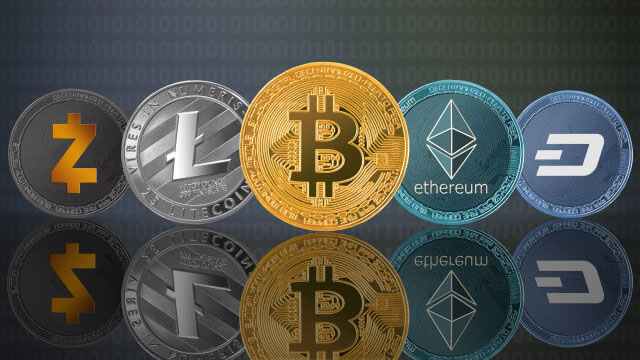
 912
912
Central Banks Embrace Gold: 2024 Sees Historic Surge in Reserves
Central banks worldwide are significantly increasing their gold reserves this year, marking a shift toward traditional store-of-value assets. Recent data indicates that global net purchases of gold by central banks reached an unprecedented 483 tonnes during the first half of 2024, surpassing the previous high of 460 tonnes recorded in the first half of 2023. In the second quarter of 2024 alone, central banks acquired 183 tonnes of gold, reflecting a 6% increase compared to the same quarter last year.
Among the largest buyers of gold in this period were the National Bank of Poland, the Reserve Bank of India, and the Central Bank of Turkey. The National Bank of Poland has plans to continue expanding its gold holdings, targeting an allocation of 20% of its reserves to the precious metal, as stated by its leadership.
Concerns over the reliability of Western reserve assets are prompting major economies like China, India, Russia, and Saudi Arabia to seek alternatives. Observers note that gold is perceived as the only truly neutral and stable reserve asset amidst geopolitical uncertainties. The upcoming launch of a gold-backed stablecoin from the BRICS nations is also expected to drive up demand for gold, potentially destabilizing the U.S. dollar. Predictions suggest that a significant portion of global GDP could shift away from the U.S. by 2030.
Gold has exhibited exceptional performance recently, appreciated by 23% year-to-date, outperforming the S&P 500’s 18% gain. In contrast, Bitcoin has posted a 37% increase in 2024, despite a notable drop from its peak earlier in the year. Critics point out that Bitcoin’s gains have been limited to the start of the year, with subsequent declines failing to maintain momentum, even as it competes with gold’s resurgence.
Gold prices recently reached a historical peak of $2,525 per ounce, highlighting its increasing appeal as a safe asset. While some market analysts acknowledge Bitcoin’s performance, central banks remain cautious about integrating this newer asset class into their portfolios.














